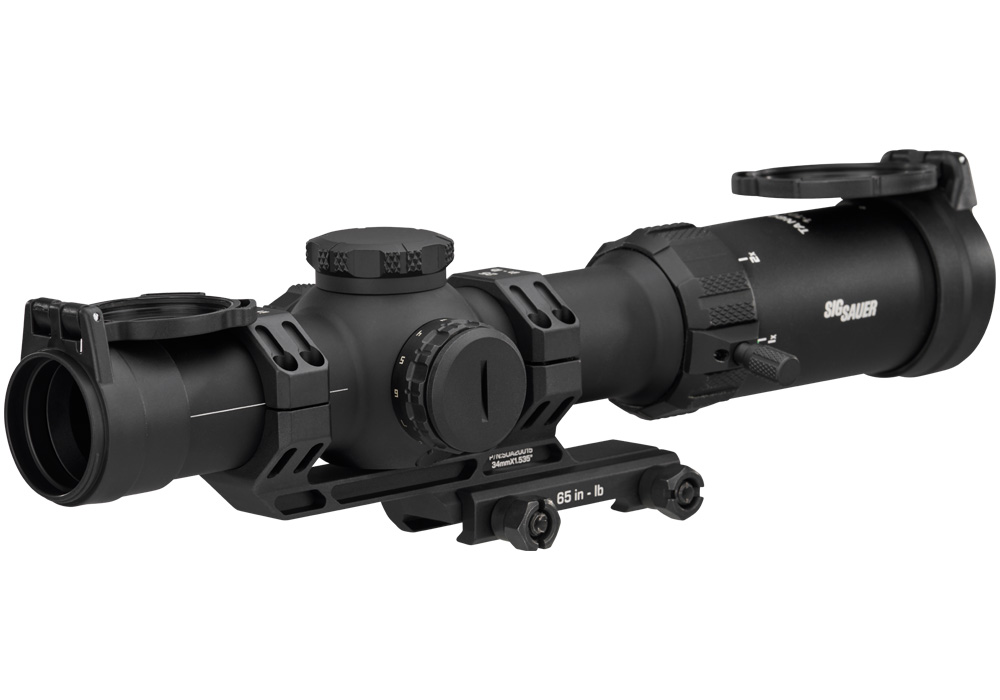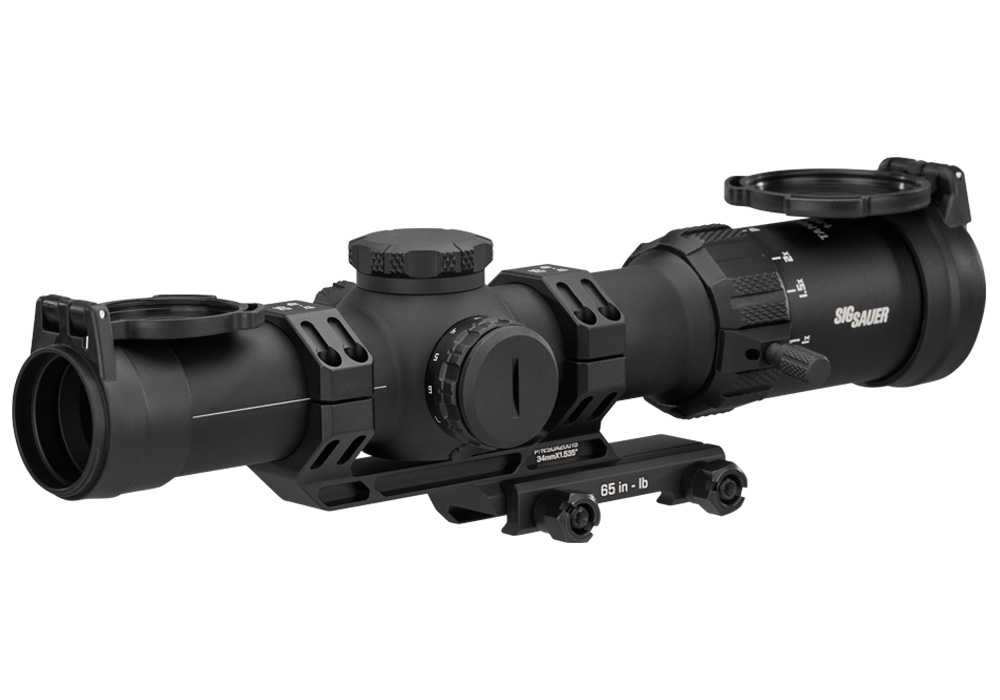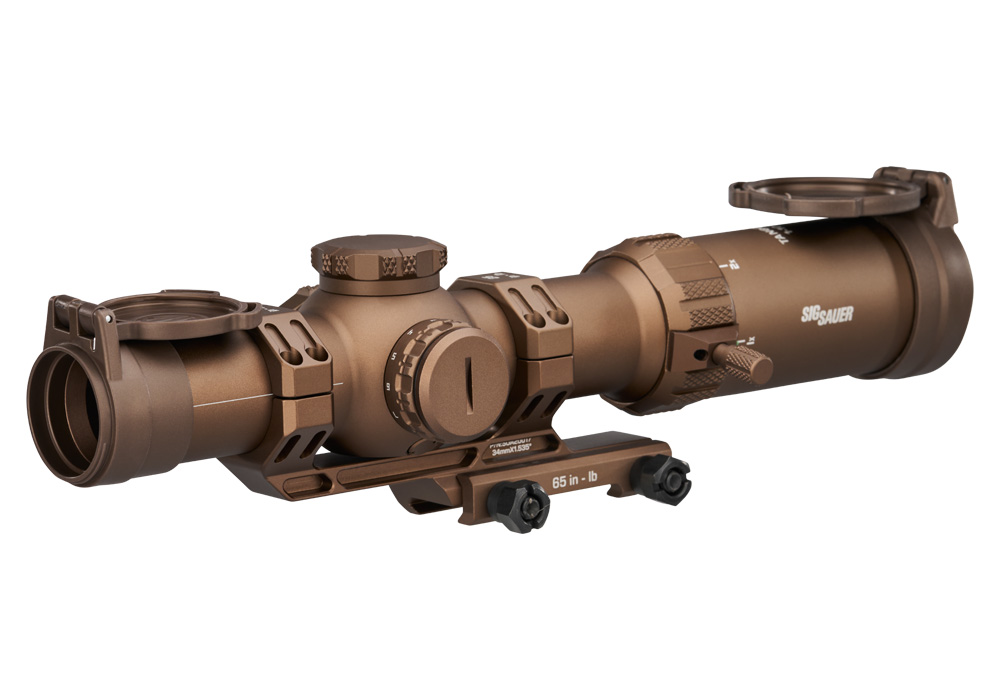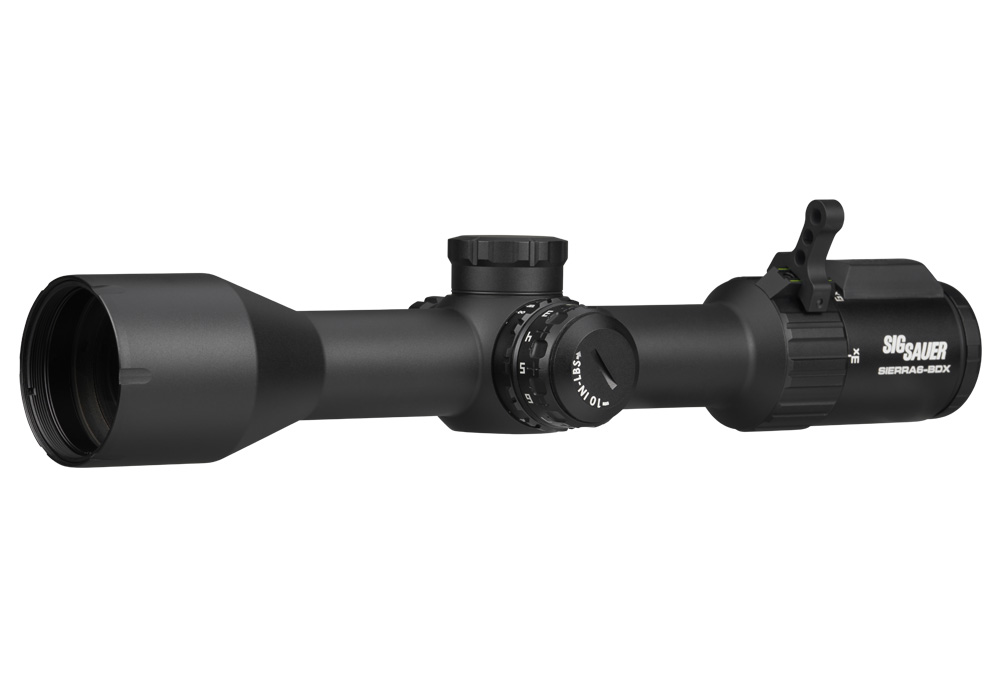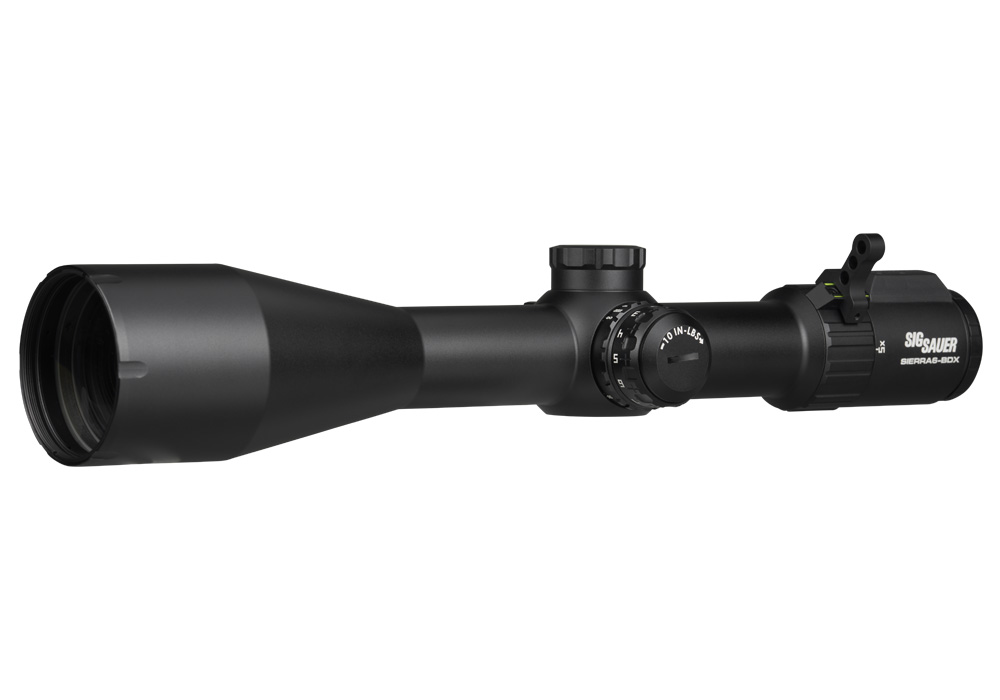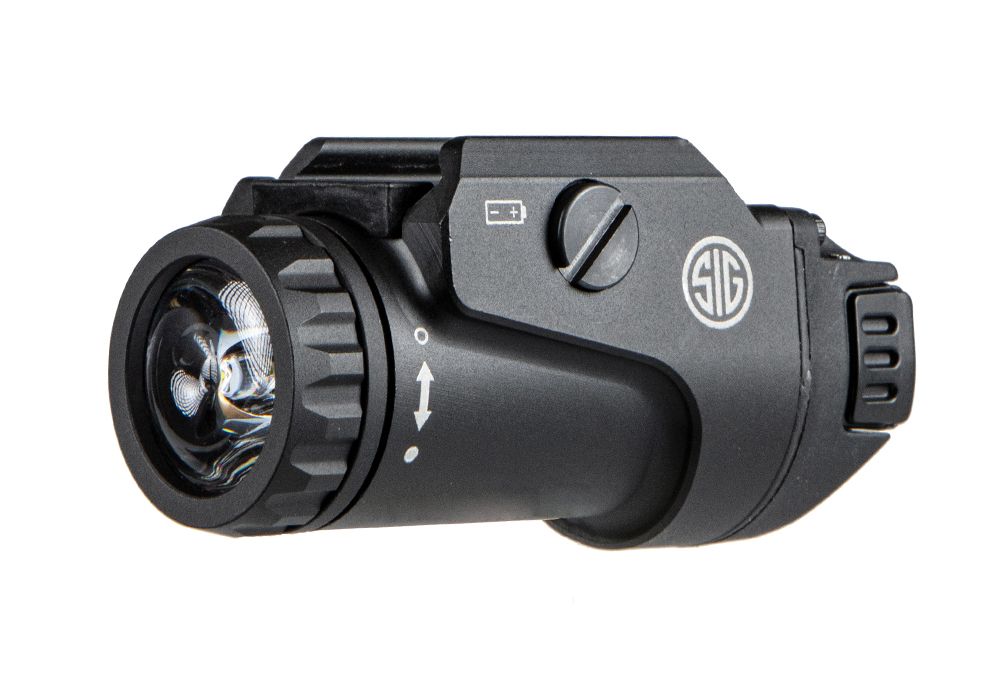Riflescope Styles
Selecting the right riflescope style is a pursuit shaped by experience, environment, and the unique needs of every shooter. As autumn’s crisp air settles in and the days grow shorter, hunters, target shooters, and tactical professionals alike begin to evaluate their optics with a discerning eye, seeking the ideal balance of clarity, durability, and precision. Riflescope styles are defined by a blend of features: magnification range, reticle type, focal plane, and objective lens size, each tailored for specific uses and preferences. Fixed magnification scopes offer simplicity and reliability, favored by those who value quick target acquisition and a lighter setup—perfect for fast-moving game in dense woods or close-range competitions. Variable magnification scopes, on the other hand, provide versatility, allowing shooters to adapt swiftly from scanning open fields at low power to dialing in for precise shots at extended distances. As the November rut draws seasoned hunters to the field, the ability to adjust magnification on the fly becomes invaluable, especially when tracking wary whitetails at dawn or dusk.
Reticle design is another key consideration when choosing a style scope. The classic duplex reticle, with its bold outer lines tapering to a fine center, remains a trusted choice for hunters and beginners, offering a clear aiming point in varied lighting conditions. For those who demand more, mil-dot and bullet drop compensator (BDC) reticles introduce advanced holdover and windage calculations, empowering competitive shooters and tactical users to engage targets at unpredictable distances and in shifting winds. Illuminated reticles, with their subtle glow, extend shooting hours into the low-light periods of early morning or late evening—a feature much appreciated during late-season hunts or when training at dusk. Focal plane options further refine the experience: first focal plane (FFP) scopes keep reticle subtensions accurate throughout the magnification range, a must for long-range precision, while second focal plane (SFP) scopes maintain a consistent reticle size, offering familiarity and ease of use for those focused on mid-range shots. Objective lens size plays a crucial role as well, with larger diameters gathering more light for crisp, bright images, especially in the fading light of November afternoons. Those who hike deep into the backcountry may prefer a compact, lightweight scope, sacrificing some low-light performance for reduced weight and easier handling.
Whether you’re selecting a riflescope for your own rifle or searching for a thoughtful gift for an avid hunter, competitive shooter, or a young enthusiast just starting out, understanding these styles and features ensures a match that enhances both confidence and capability in the field. The best riflescope is ultimately the one that complements your shooting style and the conditions you most often encounter—whether that’s the controlled environment of a range, the unpredictable terrain of a mountain hunt, or the dynamic demands of tactical training. For those looking to explore a wider variety of options, comparing different Riflescope Brands can provide valuable insight into the latest advancements and trusted models available. As the season unfolds, a well-chosen riflescope not only sharpens your aim but transforms every shot into an experience defined by clarity, confidence, and precision.









